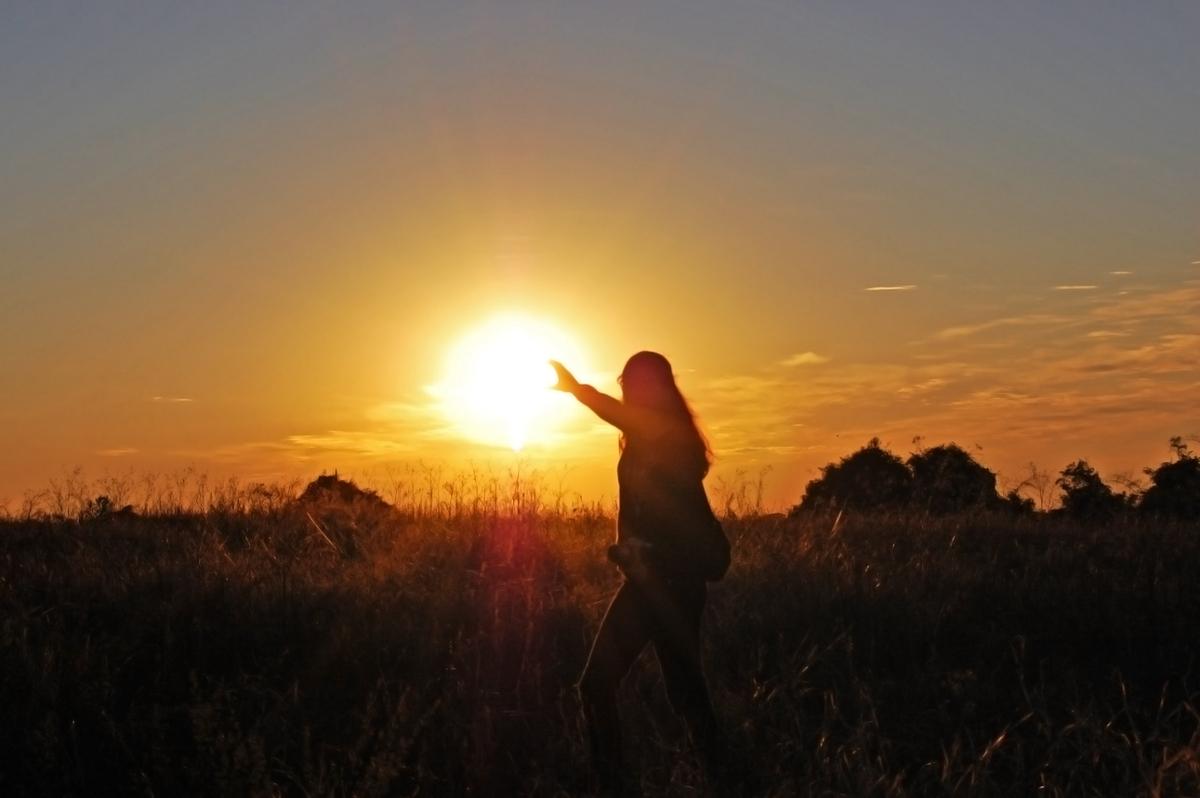When people talk about springtime they usually talk about warm weather or melting snow. But for most living things the real sign of spring is increasing sunlight.
The sun is higher in the sky at noontime on a spring day than at noon on a winter day. And the sun is up for more hours each day as winter leads through spring into summer.
Green plants use sunlight, of course, to make their food. Each green plant has a strategy for getting the light it needs.
In a deciduous forest the major consumers of sunlight are the big trees--oaks, maples, hickories, and so on. By summertime, these trees make a canopy of leaves that intercepts most of the sunlight reaching the forest. How do other plants survive?
Beneath that canopy, plants have to get by on a tiny fraction of the intensity of full sunlight. Some of these shade plants are the Jack-in-the-pulpit, wild ginger, and trilliums.
Some other plants survive on the forest floor by taking advantage of the full sunlight of springtime, when the sun is high in the sky but not yet blocked out by the leaves of the big trees.
The so-called ephemeral wildflowers, including the trout lilies, Dutchman's breeches and spring-beauty, bloom and die back before the tree leaves are fully expanded. These ephemeral wildflowers have to make and store enough food during their short growing season to last the rest of the year. These plants store food in a bulb or some other underground organ.
So ephemeral wildflowers, shade plants, and big trees have a schedule for sharing sunlight. That pattern of coexistence must have taken a long time to develop.









